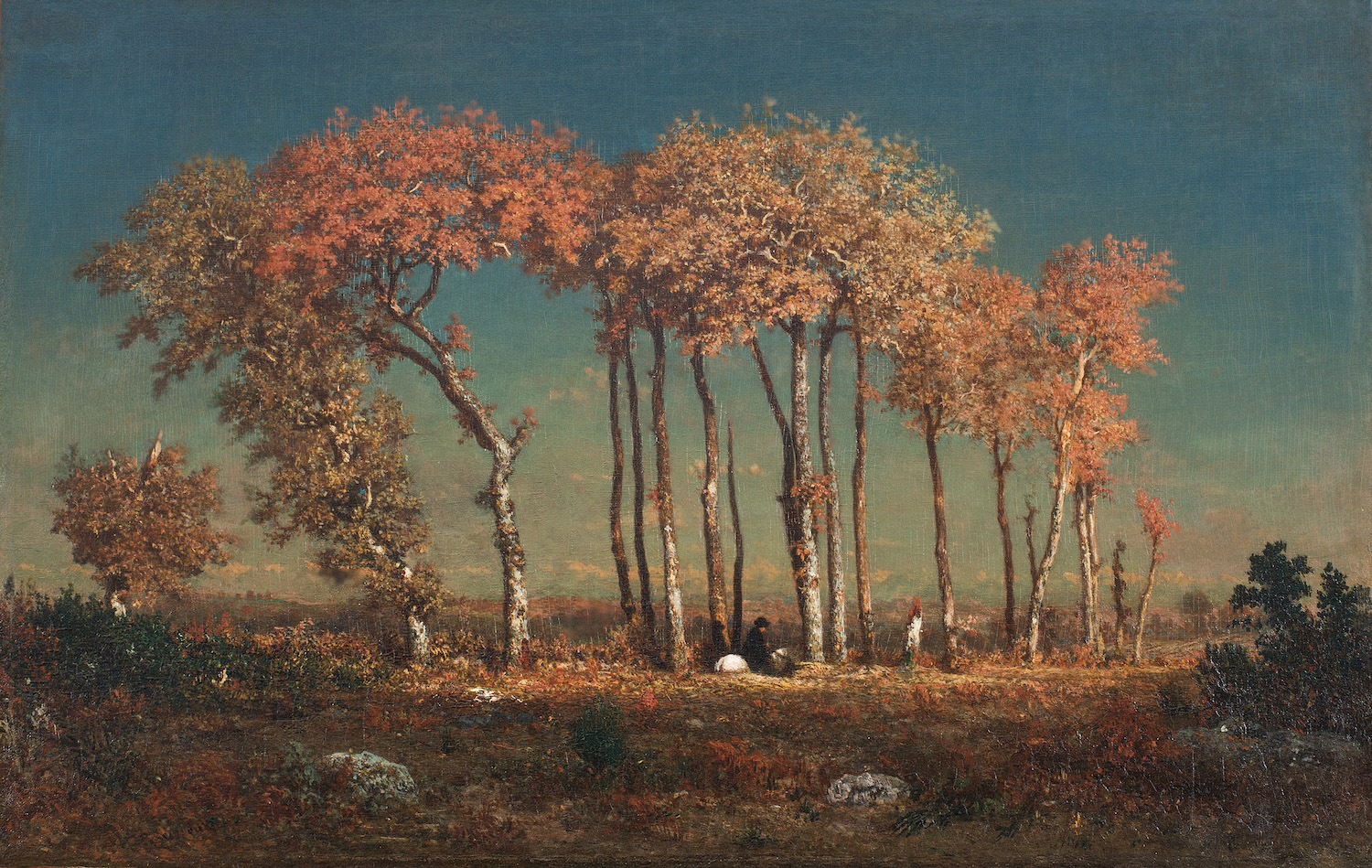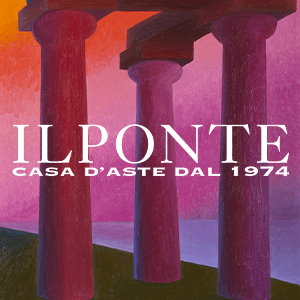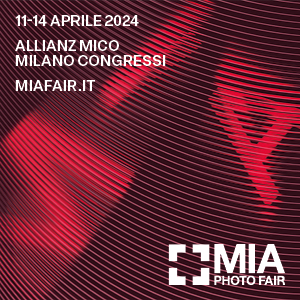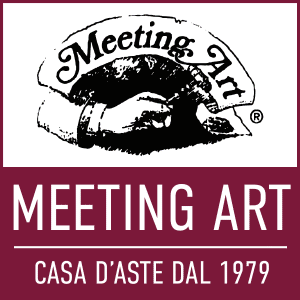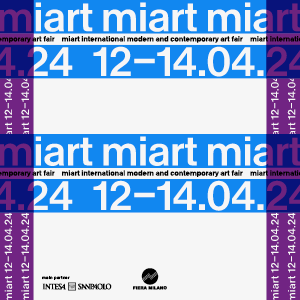
Aften (Sognepræsten), 1842-43
Oil on panel / Oliepåtræ
42.3 × 64.4 cm
Toledo Museum of Art, Gift of Arthur J. Secor, 1933.37
Photo: Chris Ridgway
La Ny Carlsberg Glyptotek di Copenaghen apre la stagione espositiva autunnale con una mostra monografica dedicata a uno dei grandi pittori del primo Ottocento francese: Théodore Rousseau. Caposcuola dei Barbisonniers – così si chiamavano gli artisti che si riunirono nel villaggio di Barbizon, ai margini della foresta di Fontainebleau, nel segno di un paesaggismo a metà strada tra realismo e romanticismo – Rousseau (Parigi, 1812 – Barbizon, 1867) preparò la strada alla pittura impressionista, con la sua attitudine a dipingere en plein air, fuori dallo studio,impiegando pennellate ampie e libere, che non seguivano un disegno predeterminato, ma si lasciavano condurre dalla forza evocativa della natura e dalla fascinazione dei cambiamenti di luce e atmosfera, determinati dal passare del tempo e delle stagioni. In realtà, ci tiene a specificare il direttore della Glyptotek, Flemming Friborg, “Rousseau è molto più di un momento di riscaldamento per Monet e gli altri. Questa mostra nello specifico punta a liberarlo dalle costrizioni di categorie predeterminate, per presentalo come quello che è: uno dei grandi innovatori della pittura di paesaggio.”

SolnedgangnærArbonne, ca. 1860-65
Oil on wood / Oliepåtræ
64.1 x 99.1 cm
The Metropolitan Museum of Art, New York (Bequest of Collis P. Huntington, 1900)
Unruly Nature è il titolo dell’esposizione che ha inaugurato qualche giorno fa nel museo danese, dopo aver fatto tappa al J. Paul Getty Museum di Los Angeles, tra lo scorso giugno e settembre. Una natura viva, turbolenta, agitata, è la protagonista indiscussa dei 56 dipinti e disegni in esposizione, provenienti sia da musei e privati, che dalla stessa collezione della Glyptotek. Allestite su due piani del museo scandinavo secondo un ordine cronologico, le opere dimostrano quanto Rousseau fosse sperimentale e audace, nella pittura quanto nel disegno. Audacia che nel 1847 lo convinse, dopo essere stato ripetutamente rifiutato dal Salon di Parigi, a fare i bagagli e trasferirsi in un paesino a circa settanta chilometri di distanza dalla capitale francese.
La mostra è la prima grande presentazione di Théodore Rousseau in Scandinavia e la prima in Europa dal 1967. Resterà aperta sino all’8 gennaio 2017.

Avlsgårdi Les Landes, ca. 1852-67
Oil on canvas / Oliepålærred
64.8 × 99.1 cm
Sterling and Francine Clark Art Institute, Willamstown, Massachusetts, USA
© Sterling and Francine Clark Art Institute, Williamstown, Massachusetts. Photo: Michael Agee

Landskab med bondehus, ca. 1865
Watercolor with crayon over graphite on beige laid paper / Akvarel med farvekridt over grafitpå beige ribbetpapir
31.8 × 37.7 cm
The Walters Art Museum, Baltimore, Maryland, 37.966

En sump i Les Landes, ca. 1846
Oil on panel / Oliepåtræ
41.7 × 56.7 cm
The Walters Art Museum, Baltimore, Maryland, 37.991

FasaneriiCompiègneskoven, 1933
Oil on canvas / Oliepålærred
53 × 65 cm
Saint Louis Art Museum, Funds given by Mr. and Mrs. John Peters MacCarthy; and gift of Justina G. Catlin in memory of her husband, Daniel Catlin, by exchange, 33.2016

Fontainebleauskoven, engruppehøjetræerved Clair-Bois-sletteniudkantenaf Bas-Bréau, ca. 1849-52
Oil on canvas / Oliepålærred
90.8 × 116.8 cm
The J. Paul Getty Museum, Los Angeles, 2007.13
Informazioni utili
Théodore Rousseau. Unruly Nature
sino all’8 gennaio 2017
Ny Carlsberg Glyptotek
Dantes Plads 7, 1556 Copenaghen
http://www.glyptoteket.com/whats-on/calendar/theodore-rousseau-unruly-nature



